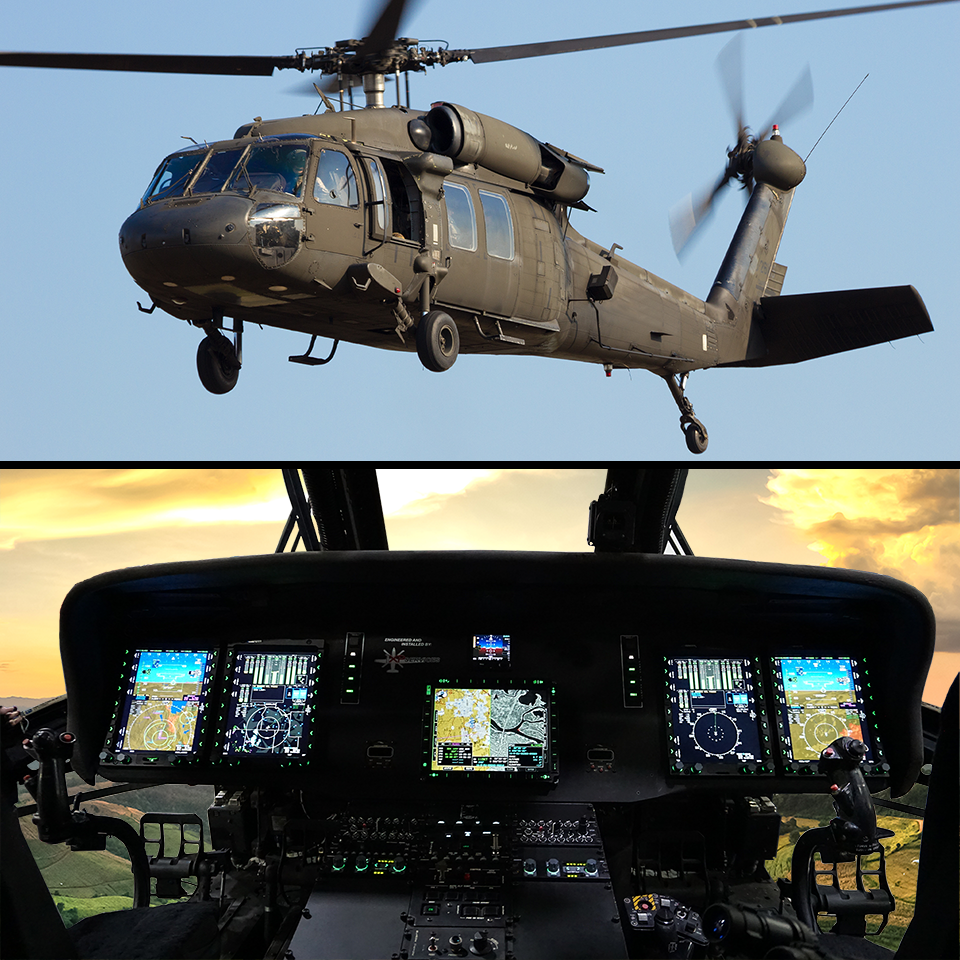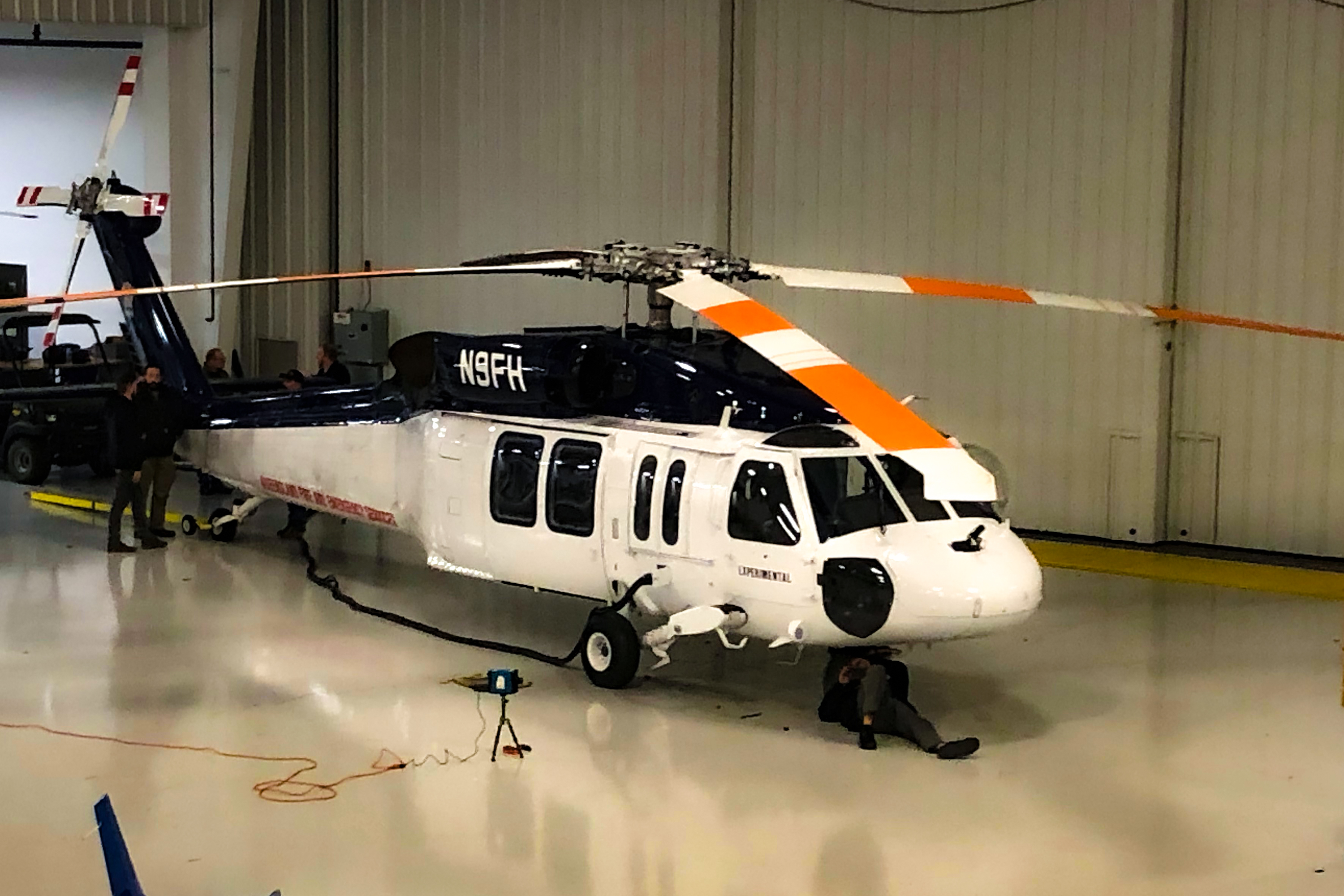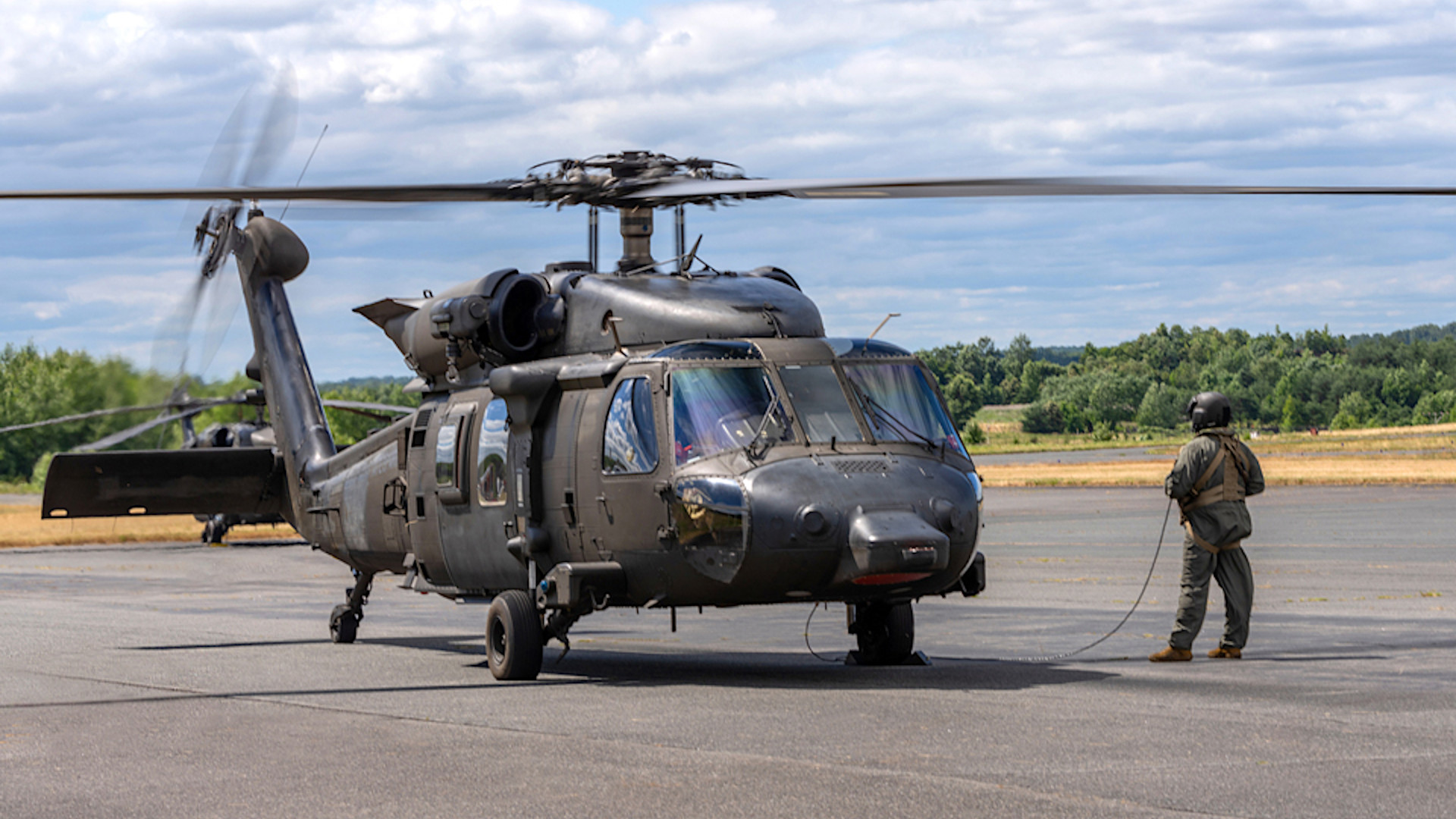Exploring the History and Development of the UH 60 Helicopter

Beginnings of the UH-60
The origins of the UH-60 helicopter can be traced back to the late 1960s, a period marked by the need for a versatile utility aircraft that could adjust to the progressing needs of modern-day warfare. The united state Military identified the necessity for a replacement for the older UH-1 Iroquois, which was coming to be progressively insufficient for the intricacies of modern combat scenarios. In 1967, the Army initiated the Energy Tactical Transport Airplane System (UTTAS) program, which sought to develop a multi-role helicopter capable of different goals, consisting of troop transport, medical evacuation, and logistical support.
The layout competition brought in numerous aerospace manufacturers, but it was Sikorsky Aircraft Corporation that ultimately safeguarded the agreement in 1972. The UH-60 Black Hawk was presented, showcasing ingenious style elements and advanced innovation that set it aside from its predecessors. Its first trip took place in 1974, and the airplane was formally taken on by the Military in 1979. The UH-60 quickly gained acknowledgment for its robust efficiency, integrity, and flexibility, paving the way for its extensive usage in armed forces operations and solidifying its status as a keystone of U.S. Army aeronautics.
Secret Design Functions
Cutting-edge design functions of the UH-60 Black Hawk substantially contribute to its functional efficiency. Among one of the most remarkable aspects is its twin-engine arrangement, which improves reliability and supplies a greater power-to-weight ratio, enabling the helicopter to execute under different problems. The aircraft's four-blade primary rotor system offers improved lift and maneuverability, crucial for tactical missions.

In addition, the cockpit is designed for ideal presence and comfort designs, including innovative avionics that enhance pilot operations. The modular style of the UH-60 permits very easy maintenance and flexibility, making it suitable for numerous goal accounts, from troop transportation to medevac operations. These essential design attributes guarantee that the UH-60 Black Hawk continues to be a versatile and trusted asset in armed forces aeronautics, capable of satisfying the demands of contemporary war.
Technical Innovations
Recent technical improvements in the UH-60 Black Hawk have substantially enhanced its operational capabilities and flexibility. The assimilation of sophisticated avionics, such as electronic trip control systems and improved situational recognition displays, enables pilots to operate with raised accuracy and efficiency. These systems help with enhanced navigating, communication, and data sharing, making it possible for the helicopter to operate efficiently in diverse environments.
In addition, the intro of composite products has actually lowered the general weight of the airplane while keeping architectural honesty. This decrease improves fuel performance and prolongs operational array. The unification of innovative blades innovation, including using four-blade, totally verbalized rotor systems, has improved lift performance and maneuverability, enabling better handling in various trip problems.

Moreover, developments in over here propulsion systems, such as the T700-GE-701D engines, have actually increased power output and integrity - uh 60. These engines add to superior performance in high-altitude and hot-weather conditions
Last but not least, the integration of self-defense systems and enhanced sensor packages boosts the Black Hawk's survivability and objective effectiveness. Collectively, these technical enhancements guarantee that the UH-60 Black Hawk remains an important property in contemporary aviation, qualified of adjusting to the advancing needs of altruistic and armed forces objectives.
Duty in Armed Force Operations
As the foundation of U.S. Military air travel, the UH-60 helicopter plays a critical function in different military procedures, functioning as a versatile platform for combat assistance, transportation, and medevac goals - uh 60. Its design integrates the capability to run in diverse atmospheres, making it vital for troop movement and logistical assistance in both unconventional and standard war

In clinical emptying situations, the UH-60 has proven vital, dramatically lowering the time to deliver injured soldiers from the battleground to medical centers. Its sophisticated avionics and night vision capacities even more ensure goal success under difficult conditions. On the whole, the UH-60 helicopter stays a crucial asset, continuously adjusting to fulfill the evolving demands of army operations and improving the efficiency of U.S. pressures worldwide.
Future of the UH-60
Looking ahead, the future of the UH-60 helicopter involves considerable advancements in innovation and capacities developed to boost its operational performance. As armed forces operations advance, the UH-60 is expected to include cutting-edge innovations, consisting of improved avionics, boosted tools systems, and progressed interaction devices. These enhancements will certainly permit higher situational recognition and mission versatility, ensuring that the UH-60 remains a vital asset on the field of battle.
One notable development is the integration of fly-by-wire systems, which will certainly improve flight control look at this website accuracy and lower pilot work. Efforts to upgrade the airframe and engines aim to raise array, rate, and haul ability, thus increasing the helicopter's functional extent.
The future also holds pledge for increased interoperability with unmanned airborne systems (UAS), making it possible for coordinated objectives that utilize both manned and unmanned capabilities. In addition, the incorporation of synthetic intelligence and artificial intelligence might enhance trip characteristics and maintenance processes, resulting in decreased operational prices.
Conclusion
The UH-60 Black Hawk helicopter stands for a substantial accomplishment in army air travel, progressing from the united state Army's first requirements for a flexible utility airplane. Its cutting-edge style functions and continuous technical advancements have actually ensured its significance in different military procedures over the decades. As the demands of contemporary warfare change, the future of the UH-60 will likely include further enhancements and adjustments, enhancing its standing as an important possession for militaries worldwide.
The UH-60 Black Hawk helicopter stands for a significant anonymous landmark in armed forces air travel, emerging from the United state Military's pursuit for an extra dependable and versatile utility aircraft in the late 20th century.The beginnings of the UH-60 helicopter can be mapped back to the late 1960s, a duration marked by the demand for a versatile energy aircraft that might adjust to the developing needs of modern-day warfare. Generally, the UH-60 helicopter remains an essential possession, continuously adapting to meet the evolving demands of military operations and boosting the effectiveness of U.S. pressures worldwide.
Looking ahead, the future of the UH-60 helicopter involves substantial advancements in technology and abilities developed to enhance its functional effectiveness.The UH-60 Black Hawk helicopter stands for a significant success in army air travel, advancing from the U.S. Military's preliminary demands for a flexible utility aircraft.